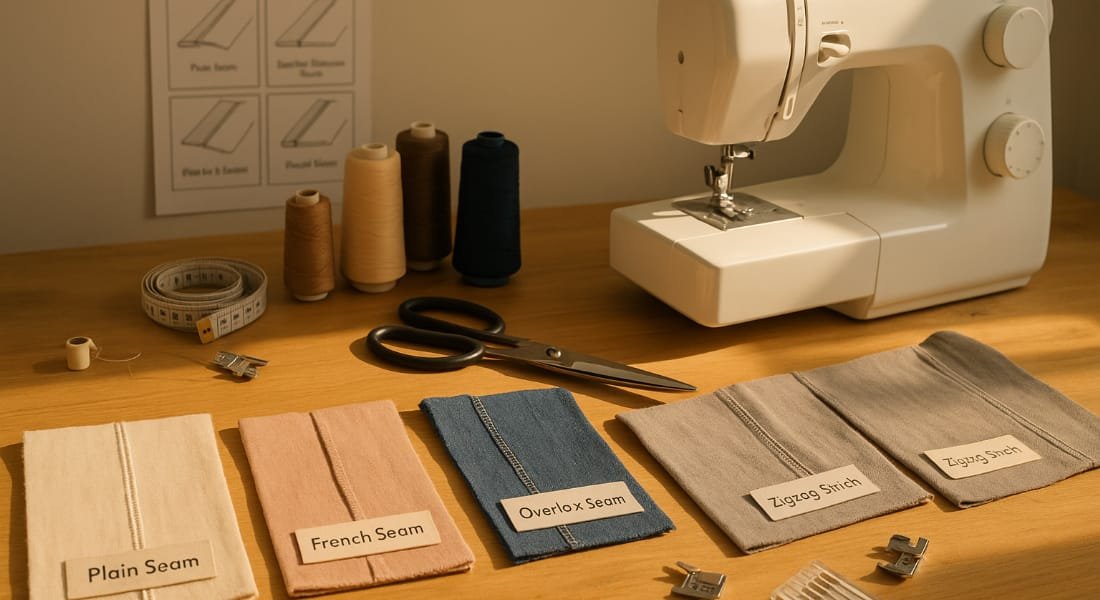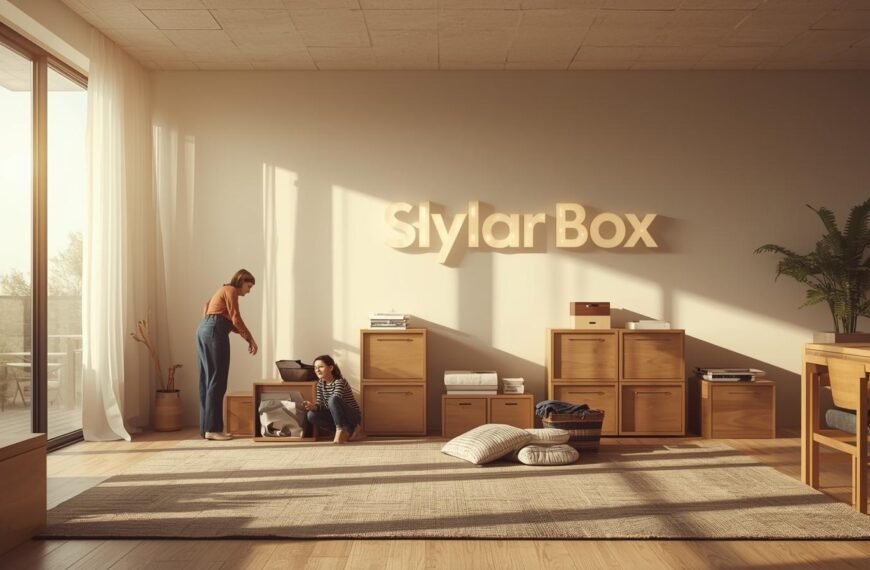Nahttypen are the different types of seams used in sewing and they are the key to making your projects look great and last longer. Whether you are using a sewing machine or stitching by hand knowing which seam to use can make a big difference in how your fabric holds up and how polished your final piece looks
From simple straight seams to decorative or stretchy finishes understanding Nahttypen helps you sew smarter stronger and more creatively. It’s the secret behind well made clothes home decor and even fashion design
What Are Nahttypen
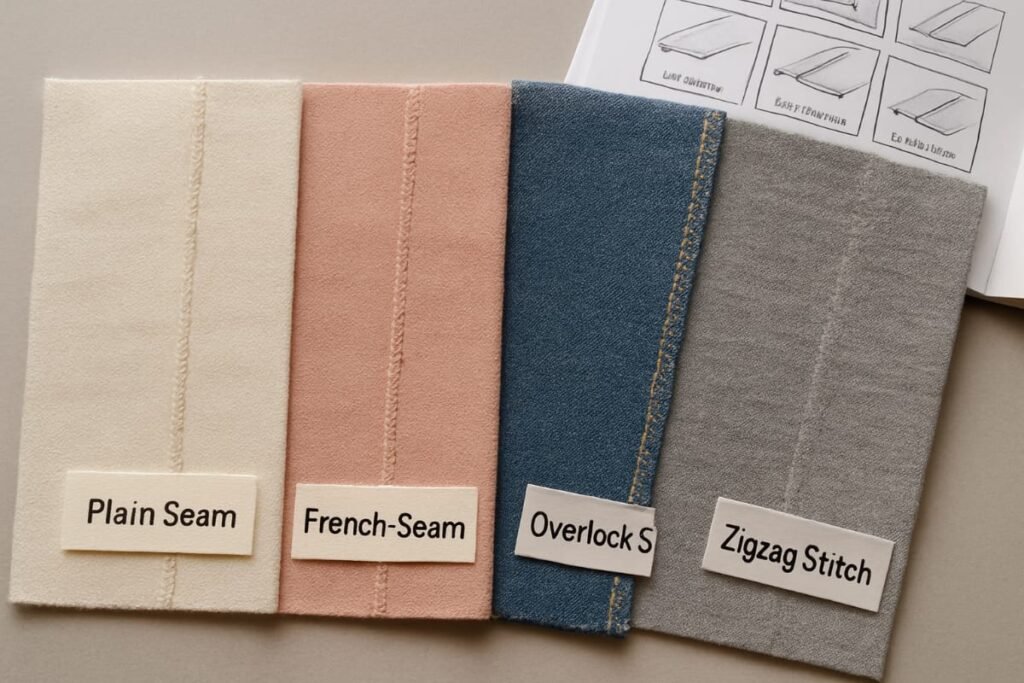
Nahttypen means seam types in German. A seam joins two or more pieces of fabric together. These seams keep clothes bags and other items strong and looking neat. Each seam type has its own style use and sewing technique.
Seam types matter because they affect how your fabric stretches moves and holds up over time. Using the right type of seam also makes your sewing projects look clean and professional.
Why Knowing Nahttypen Is Important
Learning about Nahttypen is essential for anyone who wants to improve their sewing. With the right seam types your stitches will last longer and your fabric won’t fray or tear easily. Seam knowledge also helps you create more stylish and well finished clothing.
It becomes much easier to follow sewing instructions and patterns accurately. Whether you are making a T-shirt, curtain or costume, choosing the right seam type makes every project simpler and more professional.
Basic Nahttypen for Beginners
If you’re new to sewing, understanding basic Nahttypen is the perfect place to start. These seam types are simple effective and used in most beginner projects. Mastering them builds a strong foundation for more advanced sewing techniques.
Let’s look at some common and easy Nahttypen used in most sewing patterns:
Plain Seam
- This is the most basic seam. It uses a straight stitch to hold fabric edges together.
- Great for cotton or woven fabrics
- Used in shirts, pants and bedding
Zigzag Stitch Seam
- A zigzag stitch helps the fabric stretch without breaking the thread.
- Best for stretchy materials like jersey
- Used in T shirts and sportswear
Overlock Seam
- This seam trims and sews at the same time with a serger machine.
- Clean edges, no fraying
- Used in underwear and leggings
- Also called an overlock stitch
French Seam
- This seam hides the fabric edge inside the stitch.
- Perfect for thin or see through fabric like silk
- Adds a neat finish
Advanced Nahttypen for Strong or Fancy Sewing
Once you’re comfortable with the basics, exploring advanced Nahttypen can improve both the strength and appearance of your sewing projects.
Flat Felled Seam
The flat felled seam involves two lines of stitching that fold over the fabric edges, creating a very strong and neat finish. This seam type is commonly seen in jeans and denim jackets because of its durability and clean look.
Double Stitched Seam
A double stitched seam features two rows of stitching that offer extra strength. It’s ideal for work clothes and garments that experience heavy wear especially in stress prone areas like knees and elbows.
Bound Seam
The bound seam uses a strip of fabric often bias tape, to cover the raw edges. This not only protects the seam but also adds a decorative touch making it a popular choice for jackets and unlined garments.
Blind Stitch Seam
A blind stitch seam is designed to be nearly invisible from the outside, making it perfect for hems and finishing formal wear where a clean seamless appearance is important.
Welded Seam
The welded seam uses heat or glue instead of thread, creating a waterproof bond. This type of seam is essential for items like raincoats tents and outdoor gear where water resistance is crucial.
Nahttypen and Stitch Types You Should Know
To sew good seams, you also need to know these stitch types:
- Straight Stitch: Strong and simple for most seams
- Zigzag Stitch: Helps stretch and prevent fraying
- Overlock Stitch: Trims and finishes edges
- Blind Stitch: For hidden hems
- Buttonhole Stitch: Makes openings for buttons
Pair the right stitch type with the correct Nahttypen for the best results.
Tools You Need for Nahttypen
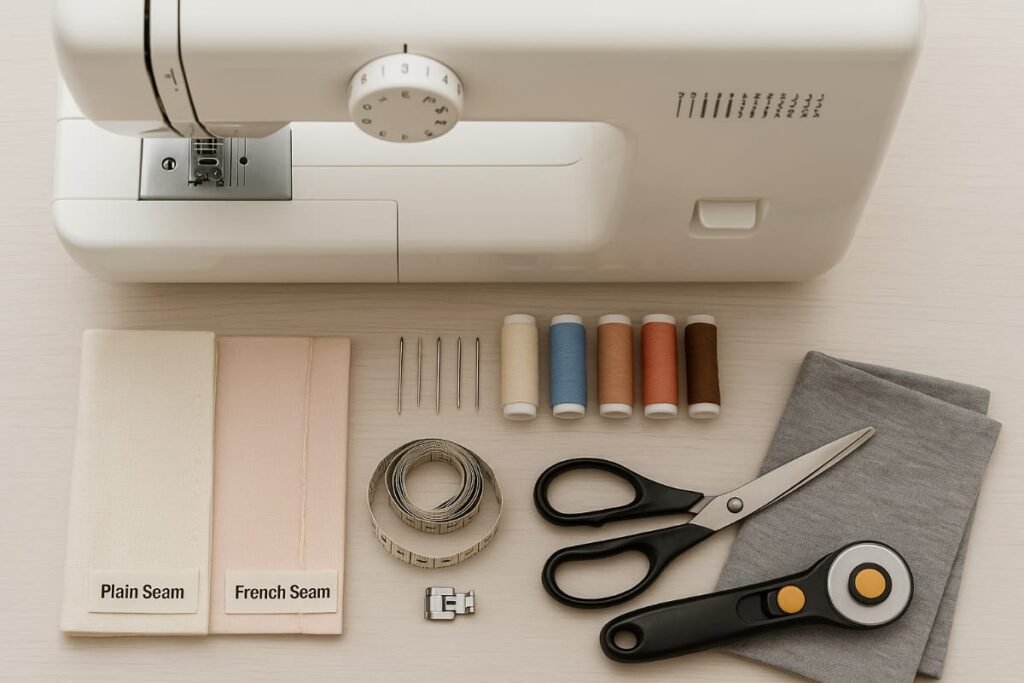
Good seams need good tools. Here’s what you’ll need:
- Sewing machine
- Presser foot (helps hold fabric while stitching)
- Needle (pick the right size for your fabric)
- Thread (cotton, polyester or silk)
- Measuring tape (for seam width)
- Scissors or rotary cutter
Fabric and Nahttypen What Works Best
Different fabrics need different Nahttypen. Here’s a simple guide:
| Fabric Type | Best Seam Types |
|---|---|
| Cotton | Plain, French |
| Denim | Flat felled, Double Stitched |
| Jersey | Overlock, Zigzag |
| Silk | French, Bound |
| Nylon | Welded, Overlocked |
| Canvas | Flat felled, Lapped |
Understanding fabric processing helps you choose the right seam.
Decorative and Elastic Seam Types
Some seams are used to make clothes look or feel better:
- Decorative Seams: Use bold thread or topstitching
- Elastic Seams: Let the fabric stretch with movement
- Safety Seams: Make sure seams don’t pop open
- High Quality Seams: Used in designer clothes
How to Choose the Right Nahttypen
Ask these questions before picking a seam:
- Will the fabric stretch?
- Is the seam visible or hidden?
- Will the item be washed often?
- Is it for fashion or function?
Match your sewing technique and materials to the project type.
Finishing Your Seam for a Clean Look
Don’t forget to finish your seam:
- Zigzag the edge
- Use pinking shears for light fabrics
- Bind with bias tape
- Overlock it with a serger
- Press the seam flat for a pro finish
Seam finishing helps avoid fraying and makes your work last longer.
Common Mistakes to Avoid with Nahttypen
Even pros mess up sometimes. Here are things to avoid:
- Using a straight stitch on stretchy fabric
- Skipping seam allowance
- Forgetting to change your needle
- Choosing the wrong processing technique
- Not testing stitches on scrap fabric
Nahttypen in Patterns and Instructions
When reading sewing patterns or instructions, you’ll see seam suggestions.
Always check:
- The seam width needed
- Which stitch type to use
- How to finish the edge
Follow each step, and your sewing projects will turn out great.
The Future of Nahttypen Innovation and Tech
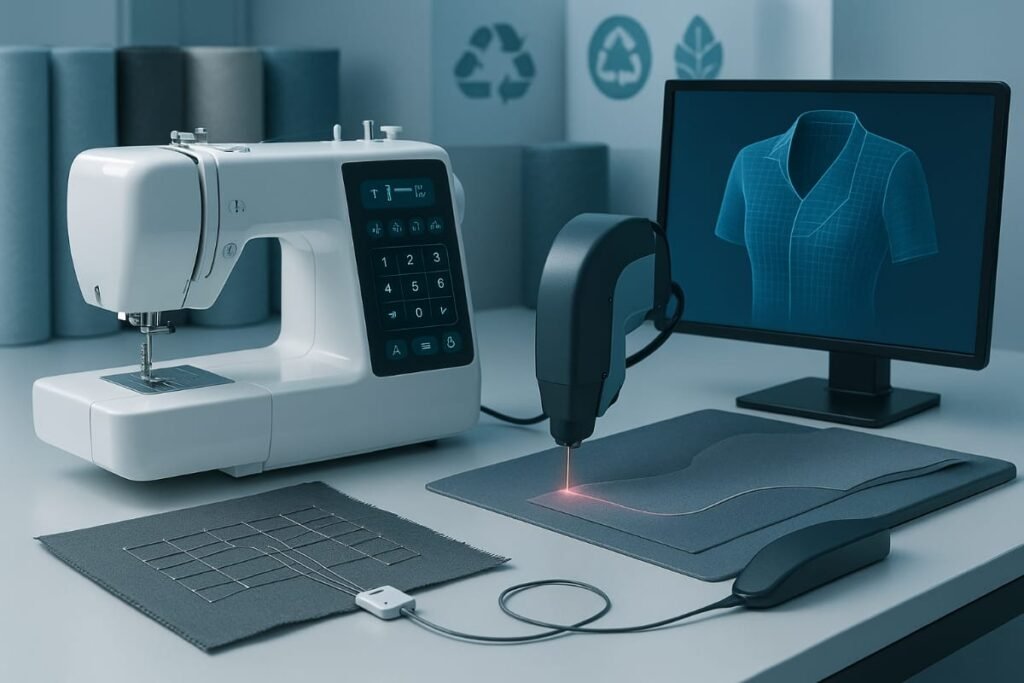
As sewing continues to evolve, so do the techniques behind Nahttypen. New tools and technologies are making seams stronger cleaner and more efficient. From smart textiles to automated machines, the future of sewing is faster greener and more precise.
New tech is changing sewing every day:
- Laser cutters for sharp edges
- 3D seam models for custom fit
- Smart fabrics with hidden wires
- Sustainable techniques for eco friendly fashion
Nahttypen are evolving with better machines, smarter fabrics, and greener processing methods.
Conclusion
Nahttypen are the building blocks of every well made sewing project. Choosing the right seam type for your fabric and purpose not only makes your work look clean and professional but also ensures it holds up over time
Whether you’re just starting out or have been sewing for years understanding different seam types gives you the freedom to experiment create and improve. With the right knowledge and a little practice you can bring any design to life with strength style and confidence
FAQs
What seam type should I use for kids clothes?
Kids clothes need to handle a lot of movement and washing so overlock or double stitched seams work best for durability and comfort
Can I mix different Nahttypen in one project?
Yes mixing seam types is common Just make sure each one suits the fabric and purpose of that part of the garment.
What’s the easiest way to practice new seam types?
Start with fabric scraps and test different seams using both hand and machine stitching This helps you get comfortable before working on real projects.
Do I need a serger to make clean seams?
Not always While a serger gives a polished edge you can still finish seams neatly with zigzag stitches pinking shears or bias tape.
How do I know if my seam is strong enough?
Gently pull the fabric near the seam If it holds without puckering or stretching unevenly it’s strong enough for daily wear.
Are decorative seams just for looks or do they add strength too?
Some decorative seams like flat felled or topstitched seams add both style and durability depending on how they’re sewn.

